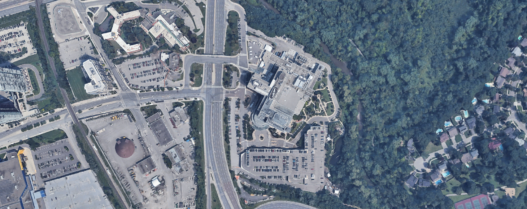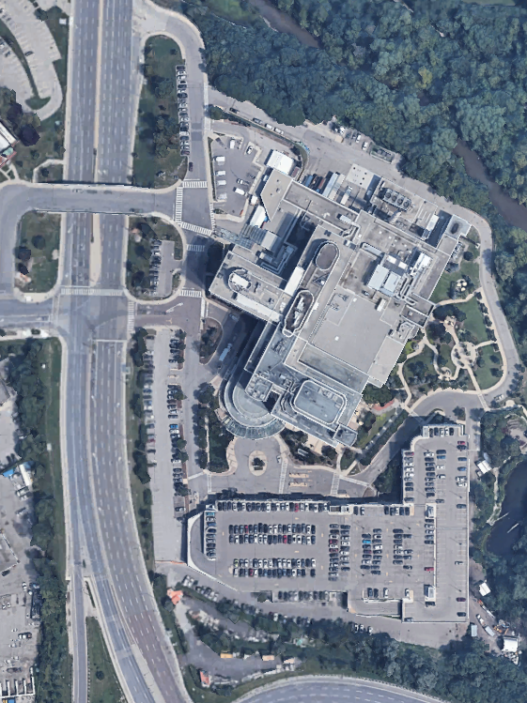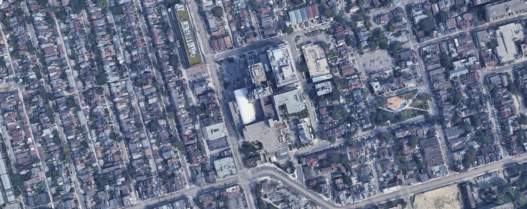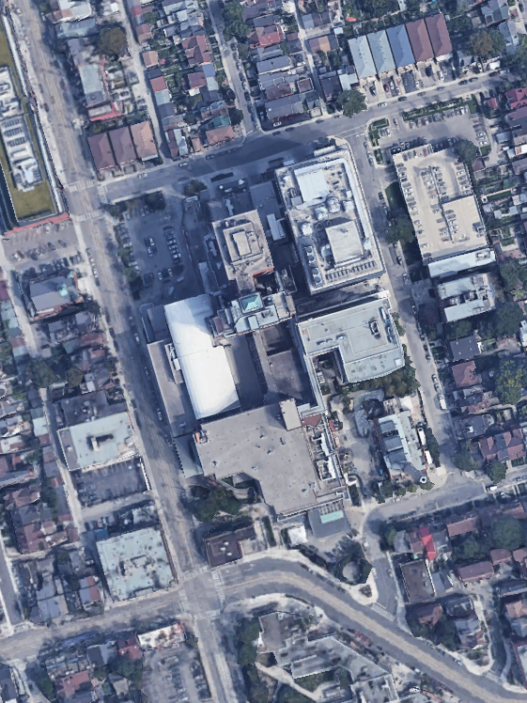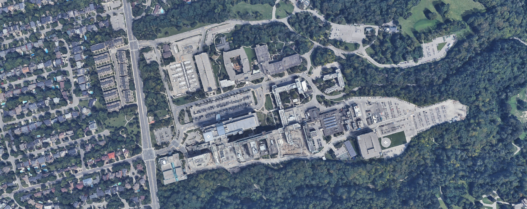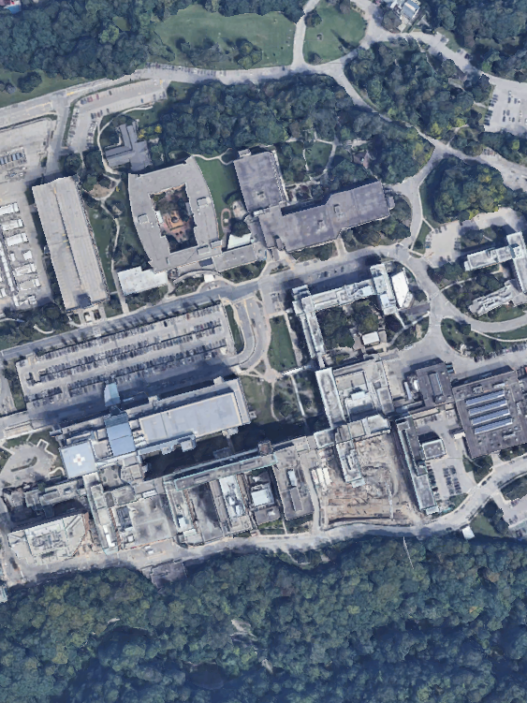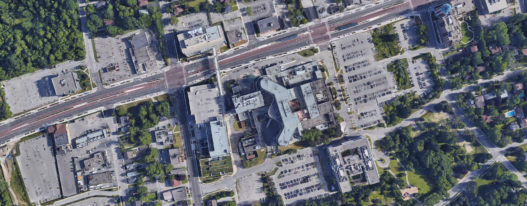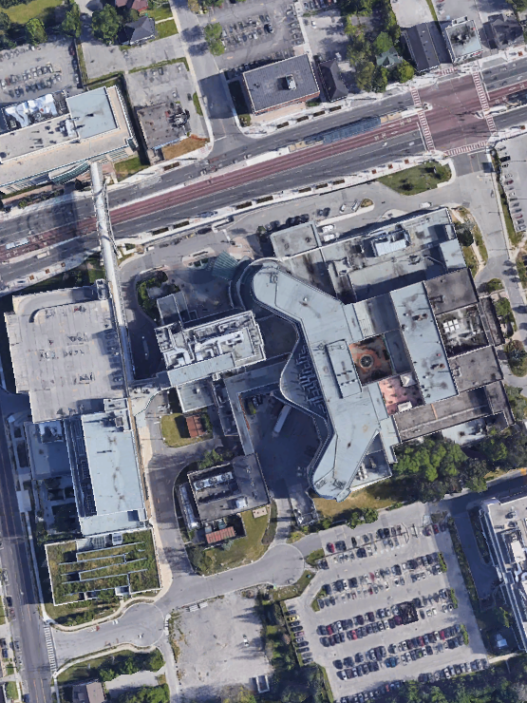CT scan wait times can be long for Ontario residents. Long wait times can delay critical care, reduce patient satisfaction, and increase the risk of complications.
Computed Tomography (CT) scans, are medical imaging tests that provide detailed cross-sectional images of the body. They use a combination of X-rays and computer technology to create pictures of organs, bones, and other tissues, enabling healthcare professionals to diagnose conditions, plan treatments, and assess disease progress.
⬇️ Scroll down to compare facilities by expected wait time. Confirm the current expected wait time with your primary care physician.
CT scans are available through hospitals and private imaging clinics. The Ontario Health Insurance Plan (OHIP) covers the cost of CT scans that are ordered by a doctor.
Table of Contents:
- Introduction
- Paying for CT scan in Ontario
- Ontario hospitals with shortest CT scan wait times
- Ontario hospitals with longest CT scan wait times
- Interpreting wait times & data limitations
- Advocating for better data access
Introduction
CT scans, or Computed Tomography scans, are medical imaging tests that provide detailed cross-sectional images of the body. They use a combination of X-rays and computer technology to create pictures of organs, bones, and other tissues. This allows healthcare professionals to diagnose conditions, plan treatments, and assess the progress of diseases.
In Ontario, CT scans are available through hospitals and private imaging clinics. The Ontario Health Insurance Plan (OHIP) covers the cost of CT scans when ordered by a doctor and performed in a hospital or a publicly funded facility. However, there may be costs associated with scans conducted in private clinics not covered by OHIP.
Access to CT scans in Ontario varies based on the urgency of the medical condition, with emergency and high-priority cases often receiving scans more quickly. There has been a focus on reducing wait times for diagnostic imaging, including CT scans, across the province.
Patients usually need a referral from a healthcare provider to get a CT scan. The process involves lying on a table that slides into the CT scanner, which is a large, doughnut-shaped machine. The scan itself is painless and typically takes a few minutes to half an hour, depending on the area being examined.
After the scan, a radiologist—a doctor specialized in interpreting medical images—analyzes the images and sends a report to the referring healthcare provider, who then discusses the results with the patient.
Paying for CT scans in Ontario
Accessing CT scans in Ontario typically involves navigating the public healthcare system, which is designed to provide equitable access to medical services for all residents. However, the demand for CT scans often leads to wait times that can be a concern for individuals seeking prompt diagnosis and treatment. In response, some individuals consider the option of private pay for CT scans, although this route presents its own set of challenges and considerations within Ontario’s healthcare framework.
Ontario’s health care system, underpinned by principles of universality and accessibility, generally does not support a broad-based system of private medical services that bypass the public queue. This approach includes diagnostic services such as CT scans. Consequently, the availability of privately paid CT scans in Ontario is limited compared to other provinces where private diagnostic clinics are more common.
Despite the regulatory environment, there are instances where private CT scans can be accessed in Ontario. These are typically provided by facilities that cater to specific needs not covered by the Ontario Health Insurance Plan (OHIP), such as scans for certain types of employment or insurance assessments, or for individuals seeking faster access than what the public system can offer. However, these opportunities are relatively rare and often require significant out-of-pocket expense.
The cost of privately paid CT scans in Ontario can vary widely depending on the specific type of scan required and the facility providing the service. Individuals considering this option need to conduct thorough research, including directly contacting facilities for detailed pricing and service availability. It’s also crucial to assess the quality and accreditation of the facility to ensure that the CT scan will be performed to a high standard.
Choosing to pursue a private pay CT scan in Ontario involves balancing the need for timely access to diagnostic services against the costs and potential challenges of finding a reputable provider outside the public system. While the public healthcare system aims to prioritize critical cases and manage wait times effectively, individuals with specific needs or desires for expedited service may explore private options as a complement to the services provided by OHIP.
Ontario hospitals with shortest CT scan wait times
Below are five top hospitals in Ontario which have the shortest CT wait times:
- 🥇 Collingwood General & Marine Hospital has the shortest wait time at 2 weeks for CT scans in Ontario. 97% of patients are scanned within the target time.
- 🥈 Sunnybrook Health Sciences Centre, with an average wait time of 2 weeks for CT scan, ranks second for the shortest wait time in Ontario. 53% of patients are scanned within the target time.
- 🥉 South Bruce Grey Health Centre – Walkerton, with an average wait time of 2 weeks for CT scan, ranks third for the shortest wait time in Ontario. 97% of patients are scanned within the target time.
- Children’s Hospital of Eastern Ontario, with an average wait time of 2 weeks for CT scan, ranks fourth for the shortest wait time in Ontario. 85% of patients are scanned within the target time.
- South Bruce Grey Health Centre – Kincardine, with an average wait time of 2 weeks for CT scan, ranks fifth for the shortest wait time in Ontario. 98% of patients are scanned within the target time.
Ontario hospitals with longest CT scan wait times
Below are five top hospitals in Ontario which have the longest CT wait times:
- 🐌 St. Mary’s General Hospital has the longest wait time at 44 weeks for CT scans in Ontario. 72% of patients are scanned within the target time.
- 🐢 The Ottawa Hospital – Riverside Campus, with an average wait time of 40 weeks for CT scan, ranks second for the longest wait time in Ontario. 10% of patients are scanned within the target time.
- 🦥 Winchester District Memorial Hospital, with an average wait time of 34 weeks for CT scan, ranks third for the longest wait time in Ontario. 61% of patients are scanned within the target time.
- Niagara Health System – Welland Site, with an average wait time of 30 weeks for CT scan, ranks fourth for the longest wait time in Ontario. 36% of patients are scanned within the target time.
- Niagara Health System – St. Catherines Site, with an average wait time of 27 weeks for CT scan, ranks fifth for the longest wait time in Ontario. 32% of patients are scanned within the target time.
Interpreting wait times & data limitations
Several factors can extend the average wait times for surgery in Ontario. Clinical considerations often lead doctors to delay surgeries based on a patient’s medical needs or other priorities. Additionally, patients may postpone their procedures due to personal reasons like scheduling conflicts, financial constraints, or a preference to delay treatment. The availability of hospital operating rooms also plays a critical role. These spaces are necessary for surgeries but can be scarce if occupied for other medical procedures or impacted by labor shortages. Seasonal variations further influence both room availability and staffing levels, potentially prolonging wait times during certain periods.
Conversely, average wait times can sometimes seem shorter than anticipated due to various factors. Some patients have flexible schedules, allowing them to fill slots that become available unexpectedly, thus shortening their wait. This adaptability, when averaged with others, can make overall wait times appear more favorable. Seasonality affects this dynamic as well, with certain times of the year experiencing lower demand for surgeries or increased temporary staffing, which can enhance room availability and reduce delays.
We focus on calculating wait times for Priority 4 patients because data for Priority levels 2 and 3 are typically incomplete. Surgeons, specialists, and healthcare administrators use clinical evidence to set these priority levels and target times, aiming to improve patient access and outcomes.
Advocating for better data access
We are thankful for Ontario Health’s efforts in providing hospital wait times for surgeries. Ontario stands out globally for its transparency in reporting hospital wait times and covers a wide array of medical procedures.
We encourage Ontario Health to expand its data reporting to include average wait times by doctor, as seen in British Columbia and Saskatchewan. This information would greatly benefit patients by allowing them to choose doctors with shorter wait times.
Readers can consider reaching out to Ontario Health to advocate for this beneficial change.
Learn wait times for other medical procedures in Ontario:








